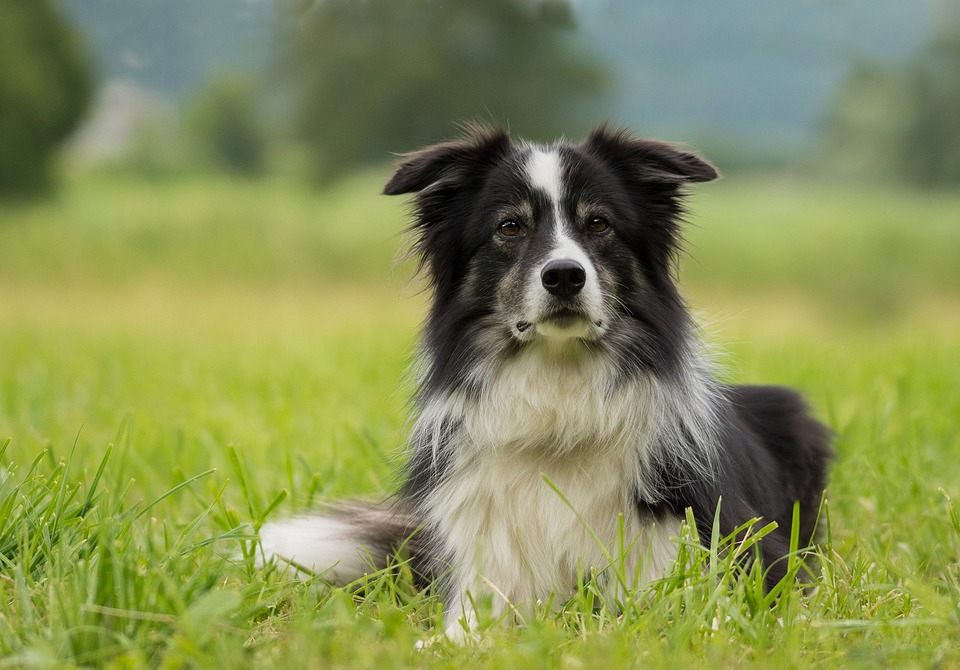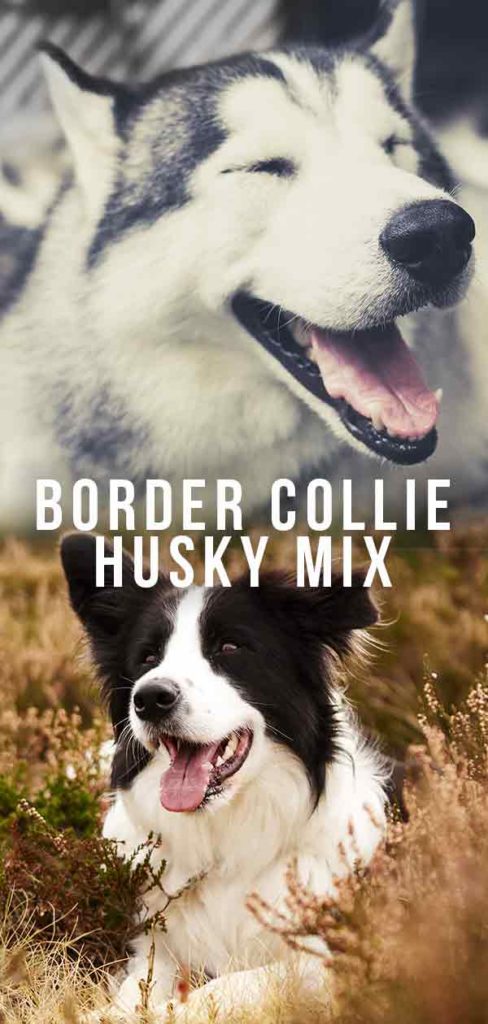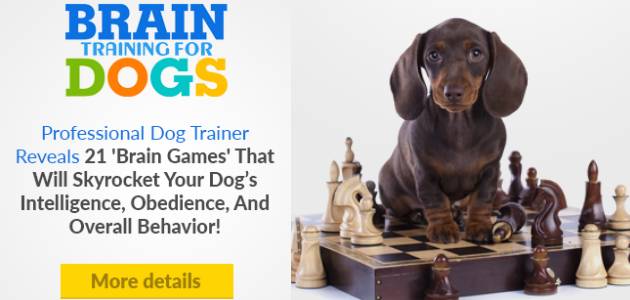
It is difficult to resist the charm of this crossbred canine that merges the intelligence of the Border Collie with the nobility of the Siberian Husky.
The ongoing argument between whether purebred or mixed breed dogs are preferable remains a highly contested topic.
Those in favor of hybrid dogs contend that they are more robust compared to purebred canines, whereas those who are dedicated to pedigrees refute this view.
By examining the origins of each parent breed, we can gain insight into the Border Collie Husky mix’s ancestry, even though its specific origins remain largely unknown.
Origins of the Border Collie
The Border Collie’s natural instinct is to herd.
It is believed that their forefathers originated from the ancient Roman dogs and the Spitz dogs of the Vikings.
Their breeding was focused on producing small yet effective dogs for herding sheep, which were able to thrive in the weather and hilly terrain found in the Anglo-Scottish border area.
The world’s greatest herders are often referred to as Border Collies due to their high intelligence, obedience, and agility.
Origins of the Husky
It is said that the Chukchi people of Siberia have been breeding the Siberian Husky for millennia, primarily for the purposes of hunting and transportation.
Exported to Alaska and Canada in 1908, these dogs quickly gained a reputation for their strong and proficient running ability, making them excellent for sledging.
Fun facts about Border Collie Husky mix
The movies Babe, Animal Farm, and Snow Dogs have all featured Border Collies in important roles.
Queen Victoria, James Dean, and Jon Bon Jovi are among the notable individuals who owned it.
The passing of his Border Collie, Luath, inspired Scottish poet Robert Burns to create The Twa Dogs poem.
The All Alaska Sweepstakes Race in 1910 was won by a group of Huskies after enduring a challenging 400-mile journey.
A group of Husky dogs, in 1925, transported a sled holding life-saving serum for more than 650 miles to reach Nome, Alaska, where there was an outbreak of diphtheria.
Border Collie Husky mix appearance
If a Border Collie Husky mix inherits traits from either parent, the result will be an exquisite pet due to the undeniable beauty of both breeds.
With a height range of 18 to 22 inches, the Border Collie is a medium-sized breed that boasts an athletic frame and typically weighs between 30 and 55 pounds.
The ears of a creature resembling a wolf have a semi-upright position, while its body and head share similar features to that of a wolf.
Their almond-shaped eyes, which are intelligent, are typically either brown or blue; occasionally, they may have one eye of each color.
The texture of their fur can vary and come in different shades and designs, but the black and white pattern is the most recognizable.
Huskies
The Husky, a medium-sized dog breed, bears a striking resemblance to its wolf ancestors in terms of build and characteristics, while also possessing a graceful and agile disposition.
Their height ranges from 20 to 23.5 inches while their weight falls within 35 to 60 pounds.
Frequently, their eyes are of the most striking blue hue.
Their almond shape also facilitates squinting for protection against snow.
The Husky boasts a vast spectrum of color variations, from pure white to black, and features distinctive patterns that cannot be found in other dog breeds. Its coat is medium-length, thick, and luxuriant, with a double layer.
Your Border Collie Husky mix is likely to have a height of around 20 inches and a weight ranging from 30 to 45 pounds.
He will have an attractive appearance with a slender and toned body, pleasing physical characteristics, and a smooth fur coat.
Training your Border Collie Husky mix
The significance of early socialization, which involves introducing children to a diverse range of people and experiences during their early years, cannot be emphasized enough.
The mix of Border Collie and Husky possesses intelligence above the usual which can have both advantages and disadvantages during training.
Despite their fast learning abilities, a trainer may face difficulties due to their stubbornness and requirement for mental stimulation.
It is extremely important to utilize positive reinforcement techniques and engage in activities that capture their attention when training.
It’s crucial to impart your Border Collie Husky mix about the significance of boundaries as they are skilled at escaping.
Border Collie Husky mix health
Thankfully, both parents belong to breeds that are generally healthy.
The lifespan of Border Collies ranges from 12 to 15 years, while Huskies typically live from 12 to 14 years.
However, it should be noted that every breed is susceptible to specific illnesses, and both of these breeds are not exempt.
Regrettably, both Border Collies and Huskies are afflicted by certain health issues.
Hip dysplasia , in which the hip socket is abnormally formed, can cause lameness and painful arthritis.
Both parent breeds are also prone to eye diseases.
Several eye issues can affect the Husky breed specifically.
As much as 10% of the total population of Siberian Huskies will be confronted with cataracts. Moreover, juvenile cataracts can appear in puppies of only 3 months of age.
It is recommended that any Huskies intended for breeding undergo an evaluation by a veterinary eye specialist starting at one year old, with subsequent annual evaluations.
The Husky breed can also be prone to deafness, hyperthyroidism, and skin problems such as follicular dysplasia and zinc deficiency.
Idiopathic epilepsy is a possible cause of seizures in Border Collies.
Dogs usually begin experiencing seizures between the ages of one and four, and the reason for it is not obvious.
Border Collies are also susceptible to Collie eye anomaly.
It is essential to have the hip and ophthalmologist of the Border Collie Husky mix evaluated.
Border Collie Husky mix grooming and feeding
The Border Collie breed comprises of two distinct coat variations.
The double coats of both the rough medium-length and the smoother short and coarser varieties provide resistance to weather.
Once or twice a week, it will be necessary to use a wire pin brush to eliminate loose hairs, dirt, and tangles.
During shedding season, it is necessary to brush daily.
The Husky’s coat is of medium length and has a double layer.
Even though they already shed a fair amount, they will shed even more twice a year, necessitating additional maintenance to get rid of the old fur.
Regular nail trimming is necessary.
Provide your Border Collie Husky crossbreed with a top-notch canine nourishment that is designed to cater to the nutritional requirements of large and energetic young dogs.
Ensure that your young dog is consuming food that is designed for puppies. When your pet develops, gradually transition to adult dog food, and then eventually to senior dog food.
BONUS: Chinese Dog Products—Will Your Dog Be The Next Victim?
Since the shocking incidents in 2007 and 2011 where countless dogs and cats died due to tainted Chinese pet food and treats, conscientious pet owners have steered clear of Chinese-made dog food. Popular American brands, including Iams, Purina, and Hill’s Pet Nutrition, and retailers such as WalMart, Costco, Petco, and PetSmart, were all associated with the tragic events.
The death of over 13,000 pets and the illness of 9,000 others can be attributed to Chinese manufacturers who prioritize profits over the safety of pets.
China Profits—And Your Dog Pays the Price
Chinese manufacturers are frequently responsible for the illnesses of pets in the United States due to their intentional actions. A study found that certain pet foods contained two chemical additives, melamine and cyanuric acid, which caused numerous deaths. The ingestion of both of these chemicals in pet food leads to the formation of hazardous crystals in the kidneys of dogs and cats.
A routine practice in China involves the addition of chemicals to animal feed, as revealed by U.S. investigators. To produce wheat gluten, a high-protein ingredient found in pet food, Chinese feed producers added melamine and cyanuric acid, which caused the recent pet food contaminations.
The addition of these ingredients to wheat gluten in pet food by Chinese feed producers may raise curiosity as to their reasoning. However, it is not unexpected that their motivation is purely economic. The cost of pet food is primarily determined by protein levels, allowing manufacturers to charge more for food with higher percentages.
Melamine and cyanuric acid are commonly included in animal feed in China as false proteins, which have no nutritional value for animals, yet are able to imitate proteins during testing. Pet food manufacturers in China deliberately engaged in fraudulent activities in order to boost their profits.
Despite the fact that the victims were awarded $24 million in a class-action lawsuit, it remains uncertain whether these practices have been terminated in China, which is disturbing.
U.S. Laws Have Changed—But Can You Trust China?
Starting from 2015, the FDA has been granted the power to compel pet food recalls under the U.S. Food Modernization Safety Act (whereas past recalls were elective). Moreover, the latest guidelines mandate that American pet food producers must apply fundamental hygienic principles to avert product spoilage, as well as keep written protocols to forestall foodborne sicknesses.
Even though there has been a regulatory overhaul, American government agencies continue to struggle with insufficient funding and difficulty in gaining cooperation from Chinese manufacturers who are not held accountable to regulations.
While U.S. government agencies focus on regulating human food products, pets remain unprotected. In addition, dog food recalls only occur after numerous reports of dogs suffering negative effects, which is hardly reassuring.
The FDA recommends that American pet owners refrain entirely from purchasing pet food and treats from China in order to ensure safety. Moreover, they advise pet owners to solely select pet food that is made in the U.S. with locally sourced ingredients.
Chinese Dog Toys: Playing With Fire
Although many people are informed about the danger of Chinese pet food, the issue of hazardous dog toys has received little attention. It is crucial to understand that both the U.S. and China have no regulations in place for dog toys.
In comparison to Chinese factories that lack self-regulation and government oversight, American dog-toy manufacturers adhere to the standards applied to children’s toys on a voluntary basis. Additionally, U.S. laws related to the environment and labor restrict the use of toxic chemicals in the production of dog toys.
The Ecology Center, a nonprofit focused on the environment, conducted a test in 2009 on hundreds of pet products, most of which came from China, in order to detect toxins. Out of the around 400 products that were assessed, 45 percent were found to contain at least one dangerous substance such as lead, arsenic, or mercury. These toxic elements can cause various serious health conditions in dogs, including but not limited to brain damage, convulsions, vomiting, and diarrhea.
The Ecology Center found the results of their tennis ball dog toy tests to be highly alarming as nearly 50% of the tennis balls examined had lead content. The lettering on one of the balls displayed a lead percentage of 2,296 parts per million.
In contrast, the acceptable quantity of lead allowed in kids’ toys is 90 parts per million. The canine tennis ball had over 25 times that allowed amount! Furthermore, the lead level in the ball exceeds the maximum level of lead permitted in the diet of dogs. In the event of overexposure to lead, a dog may undergo vomiting, anemia, seizures, weight loss, and enduring neurological impairment.
The tennis ball contains arsenic levels of 262 parts per million, which is ten times higher than the maximum allowed level for children’s toys and also surpasses the highest dietary allowance for dogs. Exposure to arsenic may result in various unpleasant symptoms in dogs, such as vomiting, lethargy, weight loss, pain, diarrhea, and unconsciousness.
The study revealed that additional toys manufactured in China posed a safety hazard due to the presence of hazardous substances like lead, bromine, and chromium, including the Boomerang Junior, Dolce and Grrrbana Shoe Toy, Fleecy Clean Dog Toy Bone, Jimmy Chew, and Big Mouth Rings. Shockingly, testing revealed that the Canine Plus Dog Toy Bug contained 287,000ppm of chlorine.
ConsumerAffairs.com had Chinese-produced pet toys tested by a forensic toxicologist in 2007, and it was revealed that certain items contained harmful heavy metals like cadmium, chromium, and lead.
The toxicologist revealed that the toys, if licked and chewed by dogs, can emit harmful chemicals that have the potential to trigger cancer or neurological harm.
It is concerning that in the event your dog falls ill from playing with toys manufactured in China, identifying the root of their sickness would be improbable for both you and your veterinarian. The toys you possess in your living area could be causing harm and distress to your animal companion unbeknownst to you.
In summary, simply ceasing to buy pet food products from China is not enough to ensure your dog’s safety. Even if you have removed all food and treats from China, there are other potential hazards that should also be avoided.





